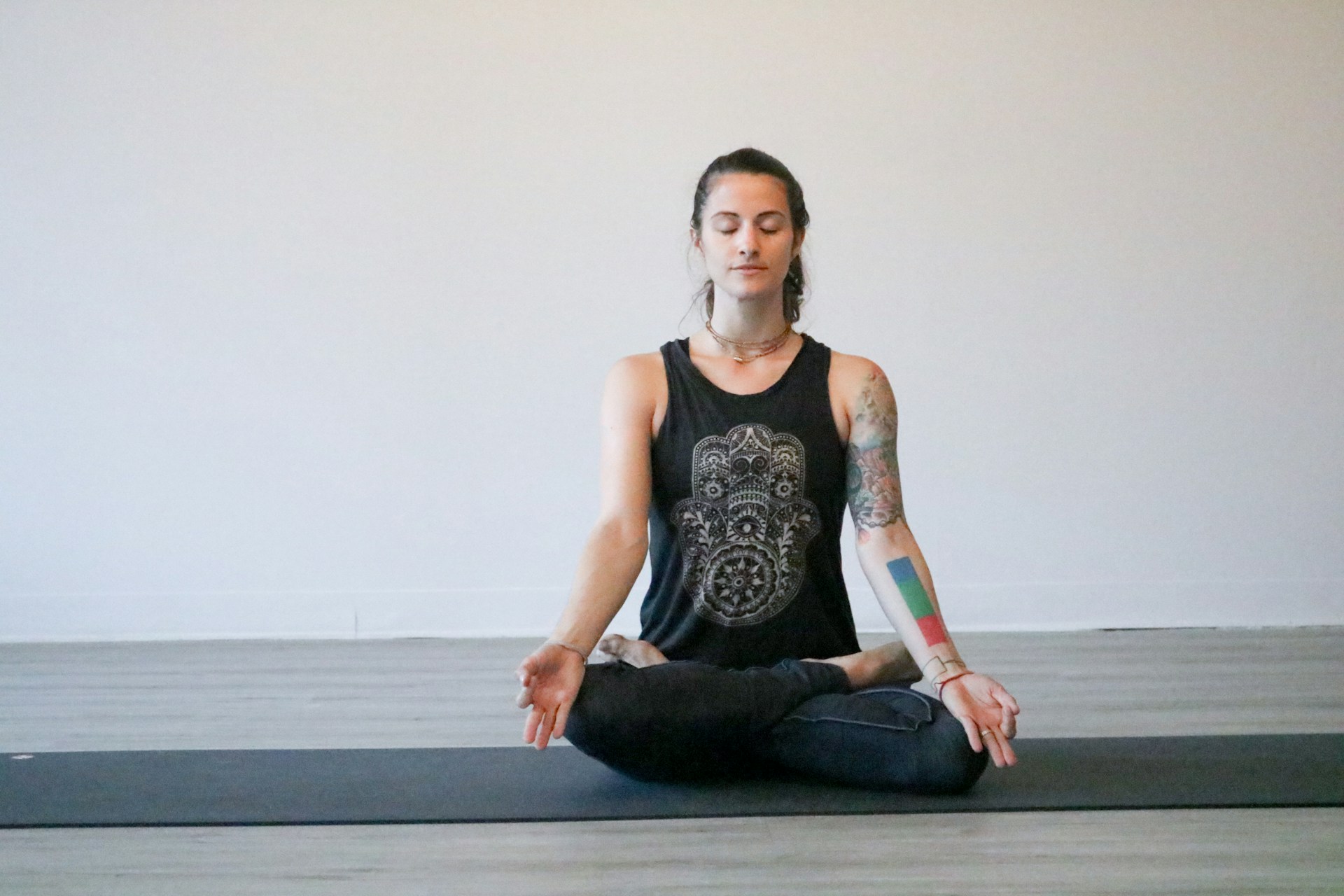As a wrestler, being able to control your breath during times of high stress can significantly improve your performance in the ring. Breathing is an integral part of any sport, and when performed correctly, it can provide athletes with the strength and endurance they need to outperform their opponents. Here in the UK, wrestlers have been incorporating specific breathing training into their regimen to gain a competitive edge. But what techniques do they use? And why is controlling one’s breath under pressure so important?
The Importance of Breathing Techniques in Sports
In order to understand which breathing exercises UK wrestlers use and why they are so effective, it’s key to grasp the importance of breathing techniques in sports.
Avez-vous vu cela : What are the critical components of a UK combat sports athlete's psychological training?
Our breath controls much of our bodily functions. It delivers oxygen to our muscles, fuels our metabolism, and helps regulate our heart rate. Therefore, how we breathe can drastically affect our physical performance. But in the heat of a wrestling match, maintaining proper breathing can be a challenge.
When we exercise, our body requires more oxygen to feed our muscles. This leads to an increased breathing rate. However, during high-intensity sports like wrestling, athletes often hold their breath or engage in shallow breathing. This can lead to a lack of oxygen in the muscles, causing fatigue and a decrease in performance.
A voir aussi : How do UK Muay Thai coaches help fighters develop knee-strike precision?
To combat this, athletes practice specific breathing techniques designed to maximize oxygen intake, regulate their breathing rate, and improve their body’s response to exercise.
Diaphragm Training: The Key to Better Breathing
One of the most critical components in breathing is the diaphragm, a large, domed muscle located at the base of the lungs. When we breathe in, the diaphragm contracts and moves downwards, creating a vacuum that draws air into our lungs. When we breathe out, the diaphragm relaxes and moves up, pushing air out of our lungs.
For athletes, especially wrestlers, diaphragm training is a key area of focus. By strengthening the diaphragm, they can improve their breathing efficiency, increase their lung capacity, and better control their breath under stress.
One popular exercise is diaphragm breathing or belly breathing. This technique involves intentionally engaging the diaphragm while breathing, making the belly expand and contract rather than the chest. Over time, this can increase diaphragm strength and improve overall breathing function.
Another exercise is the breath-hold technique. This involves taking a deep breath, holding it for a period of time, and then exhaling slowly. This can help improve diaphragm control and lung capacity.
Techniques to Reduce Breathlessness
In a rigorous sport like wrestling, breathlessness is often a major challenge. Being able to control their breathing can make a significant difference in an athlete’s performance and endurance.
One technique that many wrestlers use to manage breathlessness is paced breathing. This involves inhaling and exhaling at a set pace, typically in sync with their movements. This can help regulate their breathing rate and make their breaths more efficient.
Another technique is the pursed-lip breathing. This involves inhaling through the nose and exhaling slowly through pursed lips, as if blowing out a candle. This can help improve lung function, reduce breathlessness, and promote calmness and focus, which are crucial in high-stress situations.
Practising Breathing Exercises for Optimal Performance
Regular practice is key to mastering these breathing techniques and reaping their benefits. Just as they would with their wrestling moves, athletes need to incorporate these exercises into their regular training routine and practice them consistently.
Breathing exercises can be done almost anywhere and at any time. Some wrestlers prefer to do them as part of their warm-up or cool down, while others practice them throughout the day, even when they’re not training.
By integrating these exercises into their routine, wrestlers can not only enhance their performance in the ring but also improve their overall health and wellbeing. After all, efficient breathing doesn’t just benefit us during exercise – it’s essential for our day-to-day life as well.
In conclusion, it’s clear that breathing techniques play a vital role in wrestling, and other high-intensity sports. By practising techniques such as diaphragm training and paced breathing, wrestlers can improve their lung function, control their breath under stress, and ultimately perform better in their sport.
Integrating Breathing Techniques in Martial Arts Training
In the world of martial arts, a wrestler’s ability to maintain control over their breath can be a game-changer. It’s vital to remember that the incorporation of specific breathing exercises is not limited to the wrestling mat but extends into other forms of combat sports, such as Muay Thai.
Breathing exercises, like diaphragm training, can help martial artists maintain abdominal pressure and core stability, which are crucial for executing powerful moves. The strength of abdominal muscles is directly linked to the efficiency of their breathing pattern. The stronger the stomach muscles, the higher the lung capacity, and the better the fighter’s ability to withstand pressure situations.
Similarly, training the nervous system to maintain calm during high-stress scenarios is vital for martial artists. Breathing techniques such as paced breathing and pursed-lip breathing can significantly aid in managing panic attacks and maintaining mental health, thereby improving their overall performance.
One technique that has gained notable recognition in sports medicine is breath work. This involves conscious control over one’s breathing pattern, usually involving deep, slow breaths. By practising breath work, martial artists can better regulate their intra-abdominal pressure, maintain lower body stability, and enhance their mental skills, especially during high-pressure situations.
Hence, integrating these types of breathing exercises into their training routine provides wrestlers and martial artists with a distinct advantage, both physically and mentally, over their opponents.
Conclusion: The Power of Breath in Wrestling and Beyond
In conclusion, the emphasis placed on breathing exercises in UK wrestling, and indeed for all high-intensity sports, is far from overrated. It’s clear that effective breathing techniques, like diaphragm training and paced breathing, can significantly improve an athlete’s performance, lung function, and ability to control their breath under stress.
The regular practice of these breathing techniques not only bolsters their performance in the ring but also contributes to their overall health and well-being. It empowers athletes to withstand intense workouts, control panic attacks, and maintain their mental health.
Moreover, these techniques aren’t limited to sportspersons alone. They can be beneficial for anyone looking to enhance their lung capacity, improve their nervous system response, and maintain calm in high-pressure situations.
The fact that these exercises can be practised anywhere and at any time makes them a practical tool for anyone interested in improving their respiratory health, stress management, and overall physical performance.
As we’ve seen, the power of breath extends way beyond the wrestling ring. It’s an essential aspect of our daily life and overall health, making it an area worthy of our time and attention. So, whether you’re a wrestler, a martial artist, or just someone looking to improve your health and wellbeing, incorporating these breathing techniques into your routine can be a game-changer.






